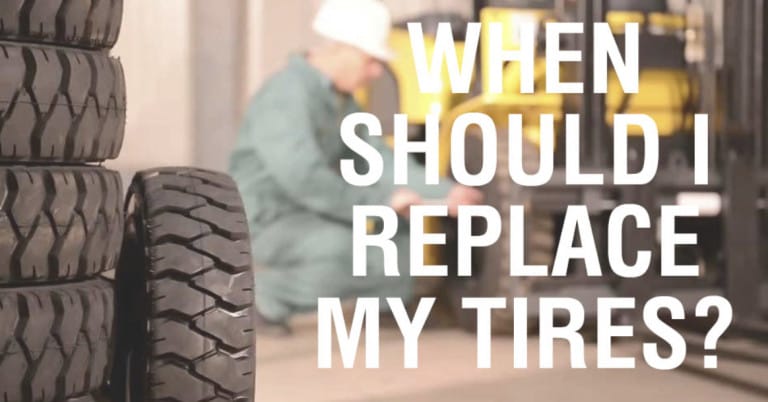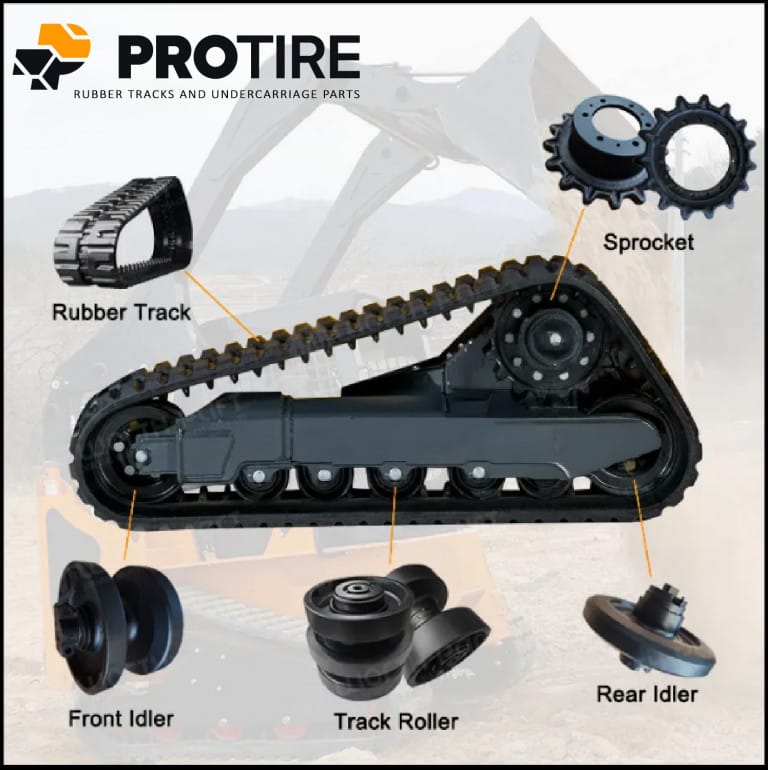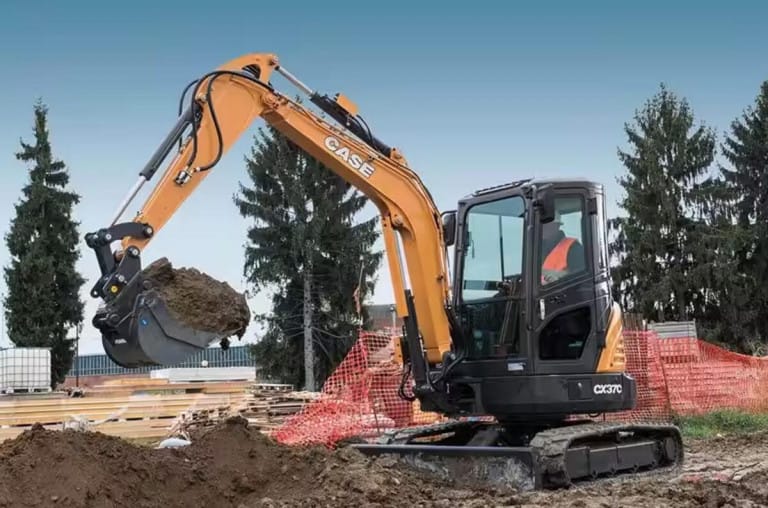Knowing when to replace forklift tires is crucial for maintaining safety, efficiency, and cost-effectiveness in warehouse operations. Here are some key considerations:
Signs that Forklift Tires Need Replacement:
- Tread Wear: Monitor the tread depth regularly. Once the tread wears down to the wear indicator bars (typically 3/16 inch or 4.8 mm), the tires should be replaced.
- Chunking or Cracking: Inspect tires for chunks missing from the tread or sidewalls, as well as cracks. These indicate structural weakness that can compromise safety and performance.
- Flat Spots: Examine tires for flat spots, which can occur due to skidding or overloading. Flat spots can cause vibrations and affect handling.
- Uneven Wear: Check for uneven wear patterns across the tire surface, which may indicate alignment issues or improper inflation.
- Loss of Traction: If the forklift slips or loses traction more frequently, it might be due to worn tires lacking adequate grip.
Factors Influencing Replacement Timing:
- Usage Intensity: Forklifts used heavily or in demanding environments may require more frequent tire replacements.
- Load Capacity: Tires must match the forklift’s load capacity to ensure safe operation. Overloaded tires wear out faster.
- Surface Conditions: Rough or uneven surfaces can accelerate tire wear. Specialized tires may be needed for specific surfaces like outdoor terrain or slick warehouse floors.
- Maintenance: Regular tire inspections and maintenance (e.g., proper inflation, alignment checks) can prolong tire life and improve safety.
Best Practices for Tire Replacement:
- Scheduled Inspections: Implement a routine inspection schedule based on usage and manufacturer recommendations.
- Proactive Replacement: Replace tires before they become unsafe or affect forklift performance. Planned downtime for tire replacement is preferable to unplanned downtime due to tire failure.
- Correct Tire Type: Ensure replacement tires match the specifications recommended by the forklift manufacturer for load capacity, environment, and surface conditions.
- Professional Installation: Use trained personnel or authorized service providers to install replacement tires correctly.
- Training: Train operators to recognize signs of tire wear and how it impacts forklift operation.
By staying vigilant with inspections and following these best practices, you can optimize forklift performance, minimize downtime, and ensure workplace safety.
Get In Touch About Our Full Range of Forklift Tires
Contact Us







